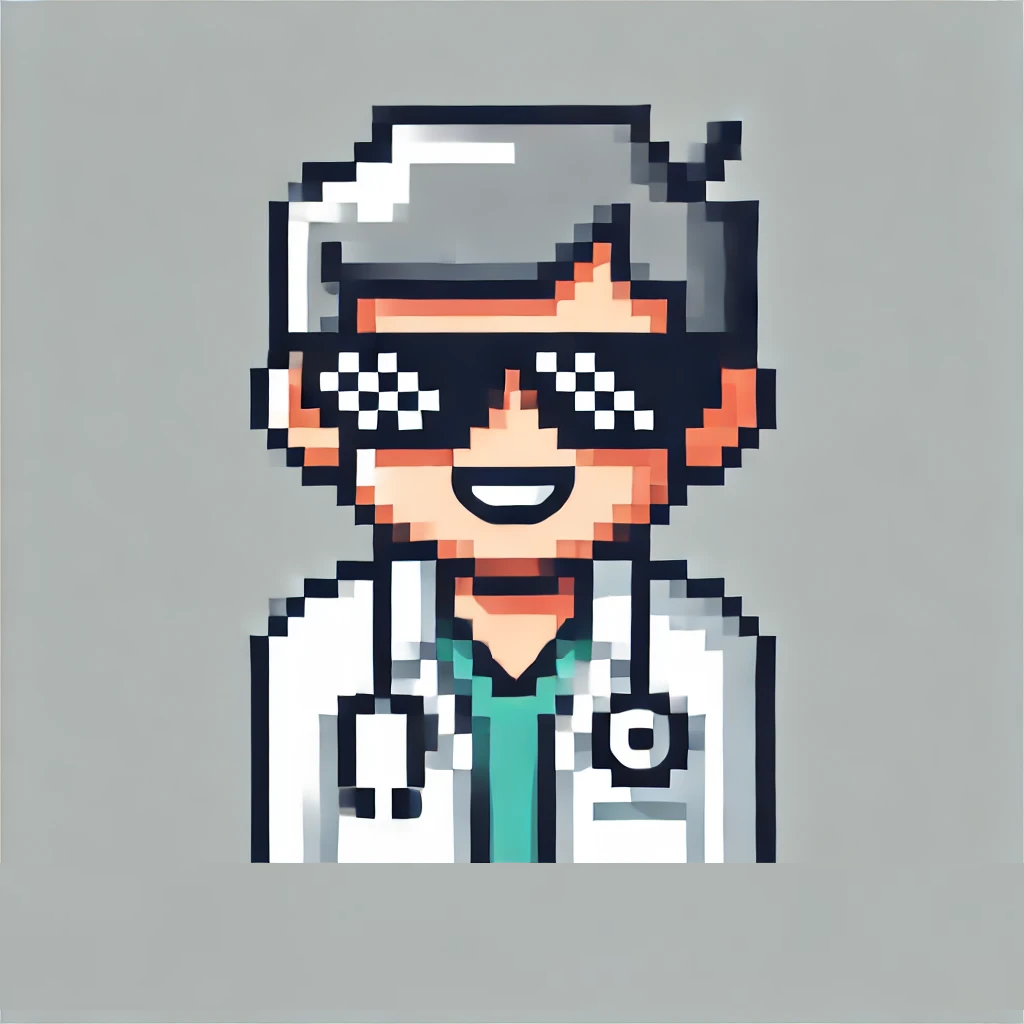"""
Benchmark for DROP.
DROP is a approach for image registration and motion estimation based on Markov Random Fields.
.. seealso:: https://github.com/biomedia-mira/drop2
Related Publication:
1. Deformable Medical Image Registration: Setting the State of the Art with Discrete Methods
Authors: Ben Glocker, Aristeidis Sotiras, Nikos Komodakis, Nikos Paragios
Published in: Annual Review of Biomedical Engineering, Vol. 12, 2011, pp. 219-244
**Installation for Linux**
1. Download source code: https://github.com/biomedia-mira/drop2
2. Install all required libraries such as ITK, and build following the instructions
OR run building script `build.sh` included in the repository
3. Test calling the executable `./build/drop/apps/dropreg/dropreg` which should return something like::
Usage: dropreg --help
Usage
-----
Sample run of DROP2::
./dropreg --mode2d
-s S1.jpg -t HE.jpg -o S1_to_HE.png
-l --ltype 0 --lsim 1 --llevels 32 32 32 16 16 16 --lsampling 0.2
-n --nffd 1000 --nsim 1 --nlevels 16 16 16 8 8 8 --nlambda 0.5 --npin
Sample run::
mkdir ./results
python bm_experiments/bm_DROP2.py \
-t ./data-images/pairs-imgs-lnds_histol.csv \
-d ./data-images \
-o ./results \
-DROP $HOME/Applications/DROP2/dropreg \
--path_config ./configs/DROP2.txt \
--visual --unique
.. note:: experiments was tested on Ubuntu (Linux) based OS system
Copyright (C) 2017-2019 Jiri Borovec <jiri.borovec@fel.cvut.cz>
"""
import logging
import os
import shutil
import sys
import numpy as np
import SimpleITK as sitk
sys.path += [os.path.abspath('.'), os.path.abspath('..')] # Add path to root
from birl.utilities.data_io import load_config_args, load_landmarks, save_landmarks
from bm_experiments import bm_comp_perform
from bm_experiments.bm_DROP import BmDROP
class BmDROP2(BmDROP):
""" Benchmark for DROP2
no run test while this method requires manual installation of DROP2
For the app installation details, see module details.
Example
-------
>>> from birl.utilities.data_io import create_folder, update_path
>>> path_out = create_folder('temp_results')
>>> path_csv = os.path.join(update_path('data-images'), 'pairs-imgs-lnds_mix.csv')
>>> params = {'path_table': path_csv,
... 'path_out': path_out,
... 'nb_workers': 2,
... 'unique': False,
... 'visual': True,
... 'exec_DROP': 'dropreg',
... 'path_config': os.path.join(update_path('configs'), 'DROP2.txt')}
>>> benchmark = BmDROP2(params)
>>> benchmark.run() # doctest: +SKIP
>>> import shutil
>>> shutil.rmtree(path_out, ignore_errors=True)
"""
#: command for executing the image registration
COMMAND_REGISTER = '%(dropRegistration)s \
--mode2d \
--source %(source)s \
--target %(target)s \
--output %(output)s.jpeg \
%(config)s'
def _prepare_img_registration(self, item):
""" converting the input images to gra-scale and MHD format
:param dict item: dictionary with registration params
:return dict: the same or updated registration info
"""
# this version uses full images
return item
def _generate_regist_command(self, item):
""" generate the registration command
:param dict item: dictionary with registration params
:return str|list(str): the execution commands
"""
logging.debug('.. prepare DROP registration command')
config = load_config_args(self.params['path_config'])
path_im_ref, path_im_move, _, _ = self._get_paths(item)
path_dir = self._get_path_reg_dir(item)
def __cmd(p_target, p_source):
command = self.COMMAND_REGISTER % {
'dropRegistration': self.params['exec_DROP'],
'source': p_source,
'target': p_target,
'output': os.path.join(path_dir, 'output'),
'config': config,
}
return command
cmd_direct = __cmd(path_im_ref, path_im_move) + ' --ocompose'
return [cmd_direct]
def _extract_warped_image_landmarks(self, item):
""" get registration results - warped registered images and landmarks
:param dict item: dictionary with registration params
:return dict: paths to warped images/landmarks
"""
path_reg_dir = self._get_path_reg_dir(item)
_, path_im_move, path_lnds_ref, path_lnds_move = self._get_paths(item)
path_img_warp = os.path.join(path_reg_dir, os.path.basename(path_im_move))
shutil.move(os.path.join(path_reg_dir, 'output.jpeg'), path_img_warp)
# load transform and warp landmarks
lnds_ = load_landmarks(path_lnds_ref)
# this was in case you run inverse registration co you could warp the landmarks directly
# lnds_ = load_landmarks(path_lnds_move)
lnds_name = os.path.basename(path_lnds_move)
path_lnds_warp = os.path.join(path_reg_dir, lnds_name)
if lnds_ is None:
raise ValueError('missing landmarks to be transformed "%s"' % lnds_name)
# extract deformation
path_deform_x = os.path.join(path_reg_dir, 'output_field_x.nii.gz')
path_deform_y = os.path.join(path_reg_dir, 'output_field_y.nii.gz')
try:
shift = self.extract_landmarks_shift_from_nifty(path_deform_x, path_deform_y, lnds_)
except Exception:
logging.exception(path_reg_dir)
shift = np.zeros(lnds_.shape)
lnds_warp = lnds_ + shift
save_landmarks(path_lnds_warp, lnds_warp)
# return formatted results
return {
self.COL_IMAGE_MOVE_WARP: path_img_warp,
self.COL_POINTS_REF_WARP: path_lnds_warp,
}
def _clear_after_registration(self, item, patterns=('output*', '*.nii.gz')):
""" clean unnecessarily files after the registration
:param dict item: dictionary with registration information
:param list(str) patterns: string patterns of file names
:return dict: the same or updated registration info
"""
return super(BmDROP2, self)._clear_after_registration(item, patterns)
@staticmethod
def extract_landmarks_shift_from_nifty(path_deform_x, path_deform_y, lnds):
""" given pair of deformation fields and landmark positions get shift
:param str path_deform_x: path to deformation field in X axis
:param str path_deform_y: path to deformation field in Y axis
:param ndarray lnds: landmarks
:return ndarray: shift for each landmarks
"""
# define function for parsing particular shift from MHD
def __parse_shift(path_deform_, axis, lnds):
if not os.path.isfile(path_deform_):
raise FileNotFoundError('missing deformation: %s' % path_deform_)
img_ = sitk.ReadImage(path_deform_)
spacing = img_.GetSpacing()
deform_ = sitk.GetArrayFromImage(img_)[0].T
# deform_ = nibabel.load(path_deform_).get_data()[:, :, 0].T
if deform_ is None:
raise ValueError('loaded deformation is Empty - %s' % path_deform_)
lnds_max = np.max(lnds, axis=0)
if not all(ln < dim for ln, dim in zip(lnds_max, deform_.shape)):
raise ValueError(
'landmarks max %s is larger then (exceeded) deformation shape %s' %
(lnds_max.tolist(), deform_.shape)
)
# see: https://github.com/biomedia-mira/drop2/issues/2#issuecomment-547340836
shift_ = deform_[lnds[:, 0], lnds[:, 1]] / spacing[axis]
return shift_
lnds = np.array(np.round(lnds), dtype=int)
# get shift in both axis
shift_x = __parse_shift(path_deform_x, 0, lnds)
shift_y = __parse_shift(path_deform_y, 1, lnds)
# concatenate
shift = np.array([shift_x, shift_y]).T
return shift
# RUN by given parameters
if __name__ == "__main__":
logging.basicConfig(level=logging.INFO)
arg_params, path_expt = BmDROP2.main()
if arg_params.get('run_comp_benchmark', False):
bm_comp_perform.main(path_expt)


